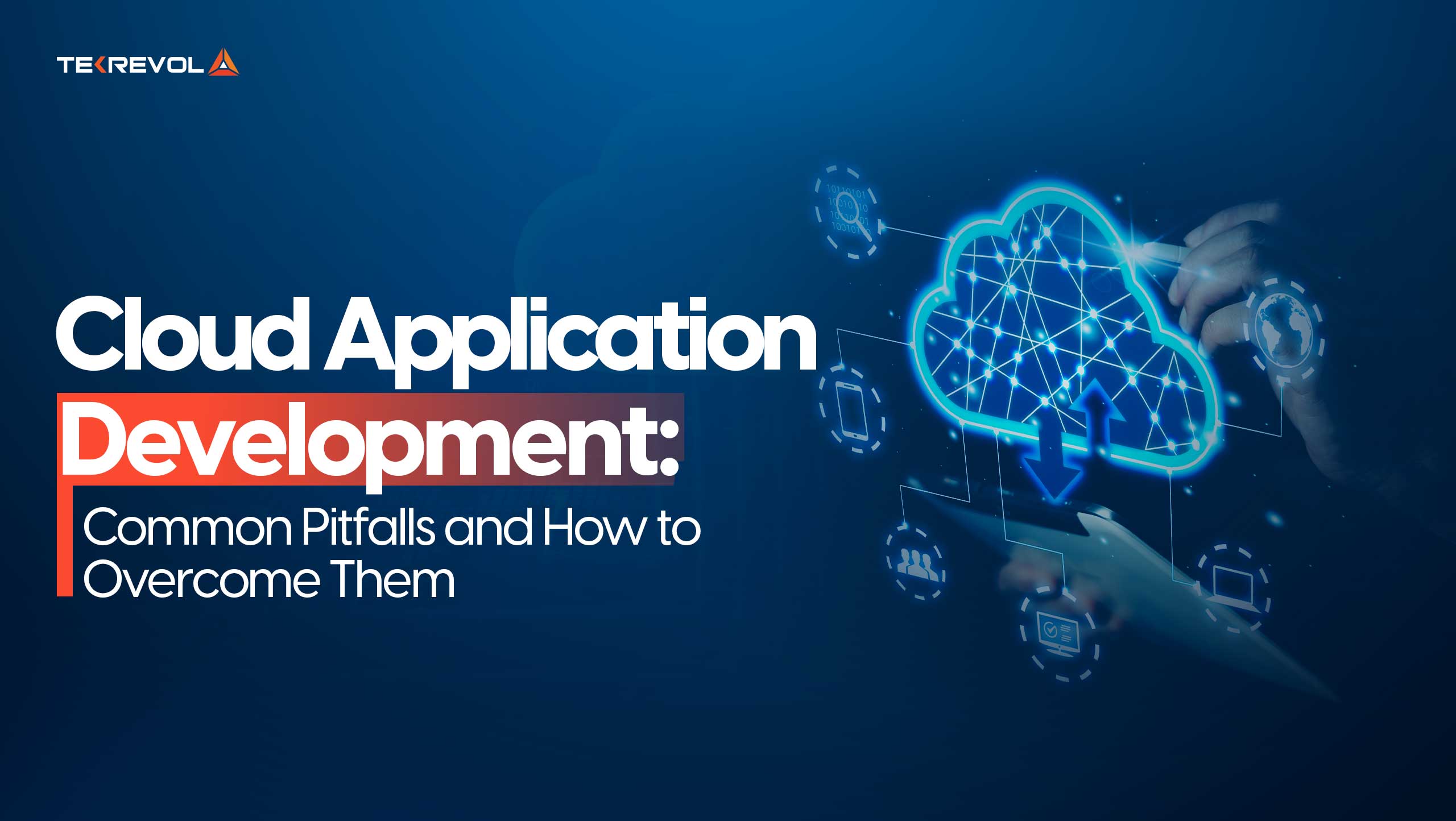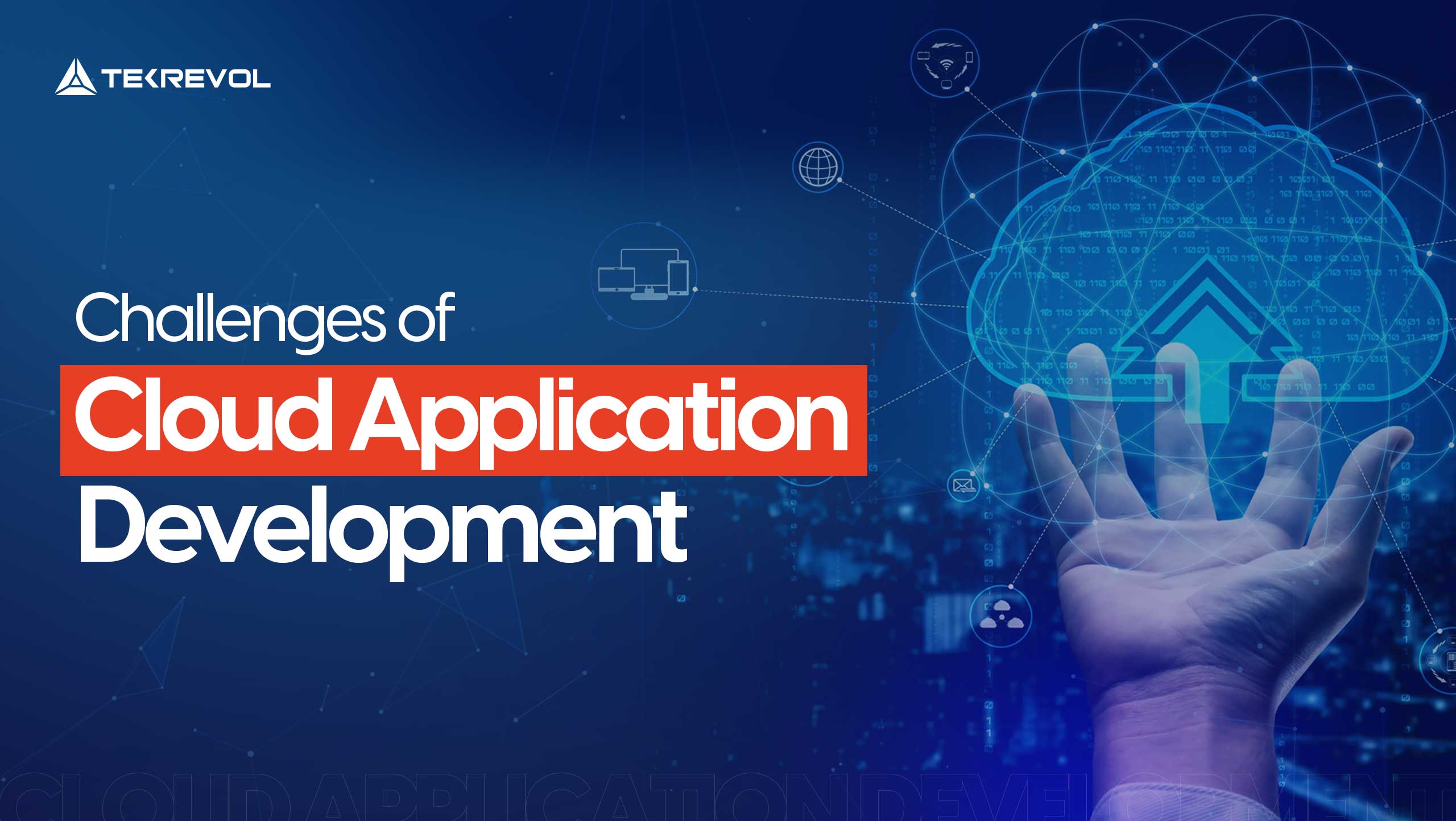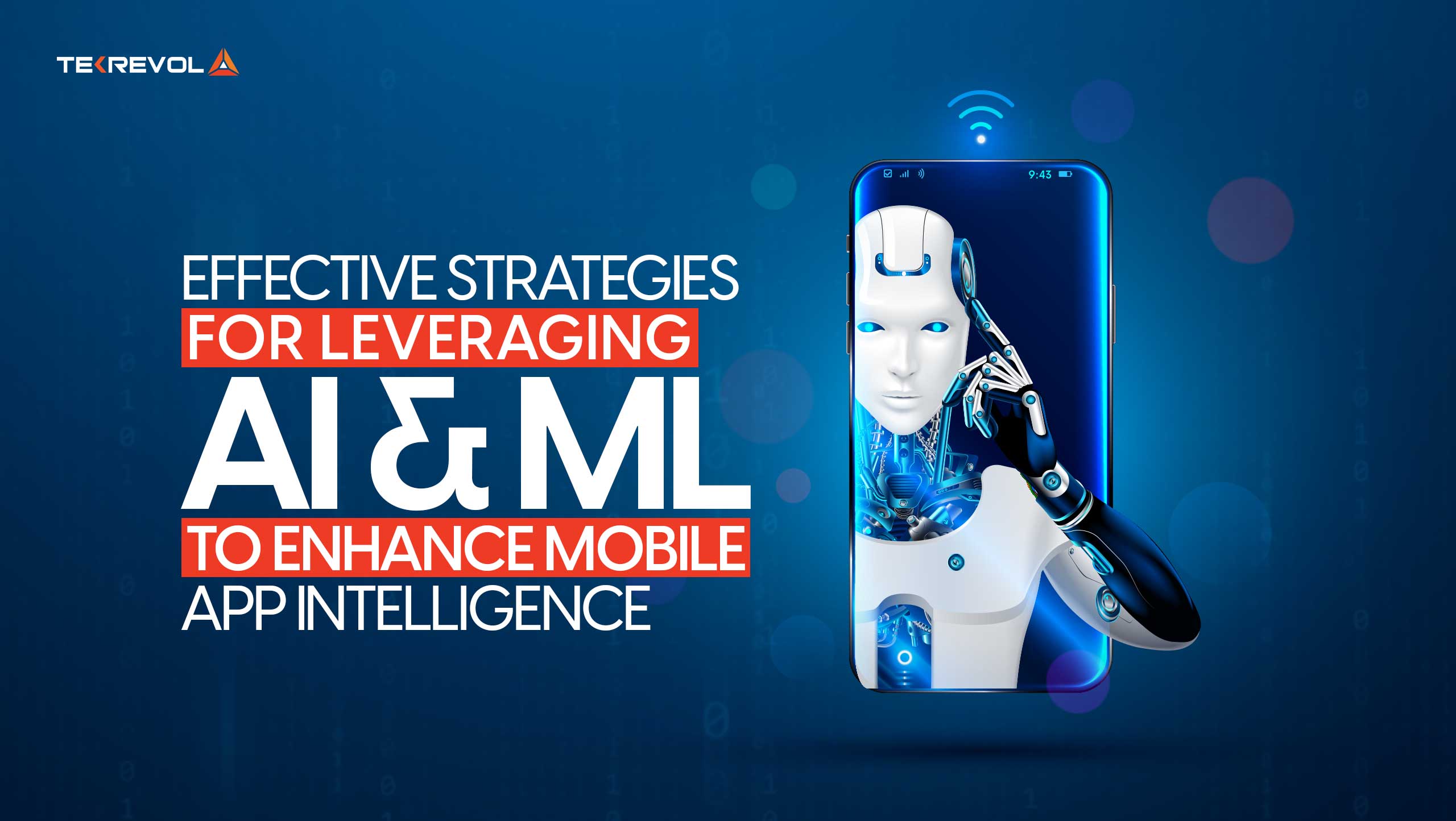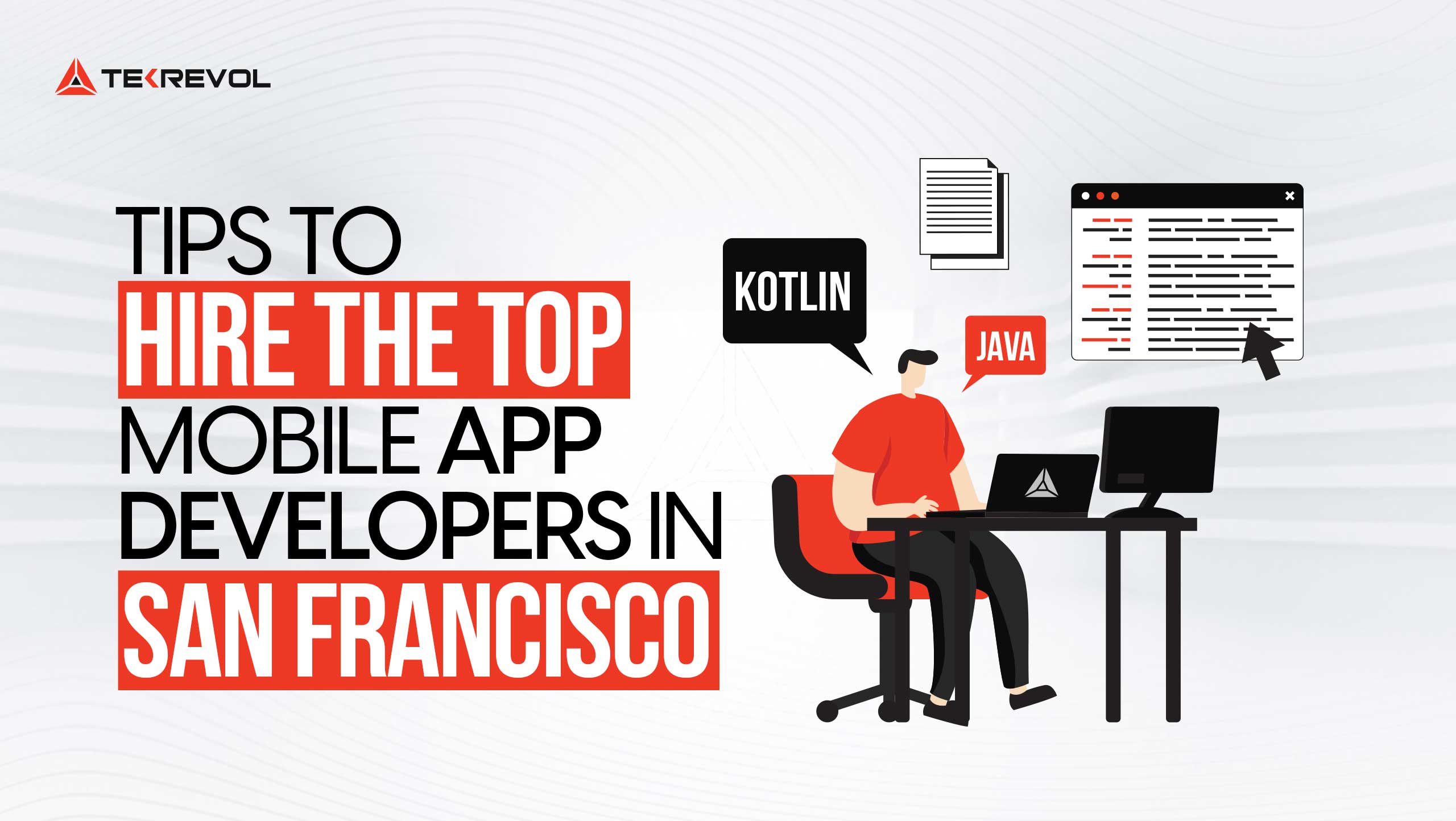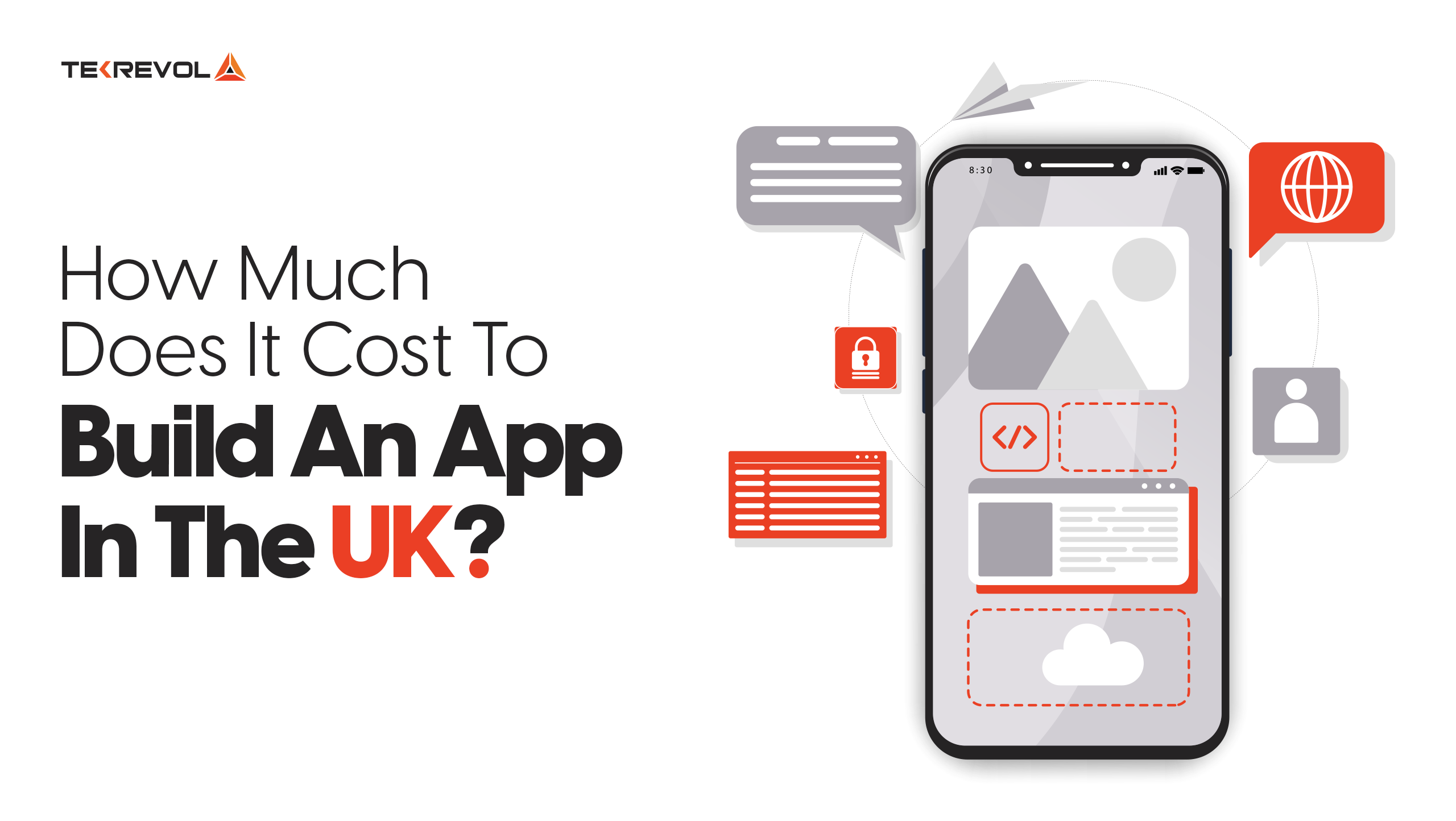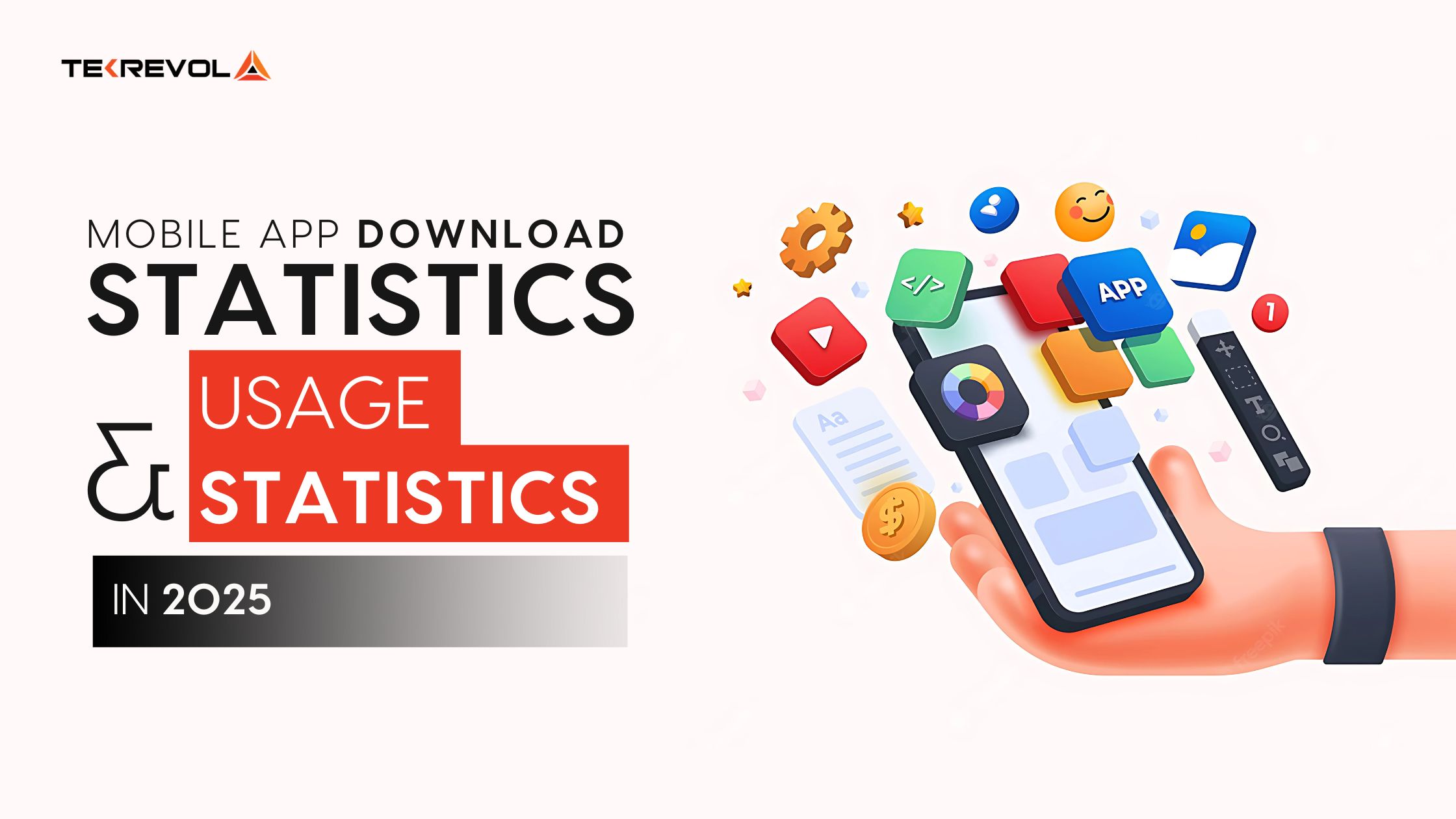Isn’t Cloud the go-to solution today? Despite the fast-paced growth of cloud app development, not all businesses have fully embraced it yet.
Organizations are starting to rely on cloud-based applications. Why? They require solutions that can effectively accommodate increasing data storage requirements, reduce support overheads, and provide easier development environments.
In 2023, the cloud computing market hit an impressive $178 billion in revenue, with 90% of large enterprises adopting multi-cloud setups. It’s safe to say cloud computing is shaping the future of tech.
What makes it appealing? To begin with, cloud computing provides benefits such as versatility, extensibility, and availability. This year, cloud computing is reshaping enterprise operations, with over 80% adopting multi-cloud strategies and more than 67% of their infrastructure becoming cloud-based.
This blog will discuss cloud-based apps, the types of cloud, development, and how businesses can benefit from them.
What is Cloud Application Development?
Before moving a business to the cloud or creating a new cloud environment, it is essential to define the requirements of the business. Begin by assessing the current load and your organization’s efficiency in using the cloud and possibly highlighting issues that slow down performance. It will help you to create a cloud solution that matches your objectives.
After that, it is now time to gain some knowledge on the fundamentals of developing apps in the cloud. Cloud architecture can be described as a combination of various elements that facilitate the use of cloud applications. These include:
Front-End Platform: This is the front end of an application that resides in the cloud. It is the human interface with which the common user communicates usually through a web browser or a virtual session.
Back-End Platform: The back-end is made up of servers and storage systems that are aimed at processing the data. It is a place where all dense computation and application administration takes place.
Cloud-Based Delivery Model: This is a concept that deals with the provision of cloud services to users, for instance through public cloud, private cloud, and hybrid models.
Network: It is a communication network that ties all the networking components of the cloud infrastructure together to allow seamless data interchange between the front and back-end systems.
All of these combine to form and support a cloud application infrastructure. The front end is the visible part of the application and interacts directly with the user. While the back end is in charge of storing and manipulating the data. Cloud management tools enable performance, security, and data coordination tasks; and a robust cloud application security system shields the system against threats.
Therefore, knowledge of cloud architecture enables organizations to develop more secure and robust, as well as cost-optimized cloud-based systems.
Different Types of Cloud-Based Applications
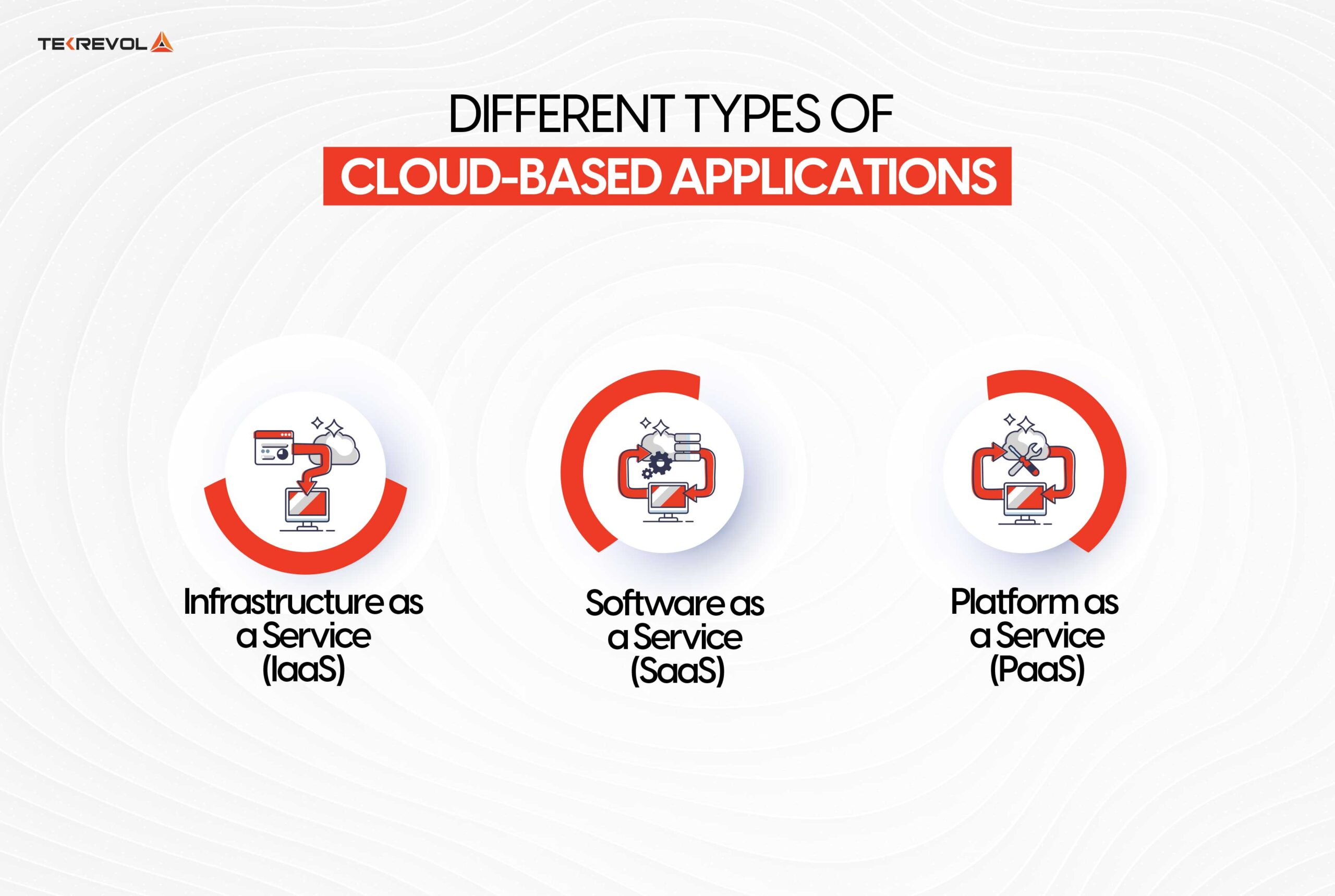
SaaS solutions can be divided into various categories that are used to fulfill different objectives with customized approaches that suit different companies. Here’s an overview of the primary types, along with popular examples:
1. Infrastructure as a Service (IaaS)
IaaS delivers the necessary infrastructure elements like servers, networking, virtualization, and storage that are needed to construct and operate applications. It reduces requirements for building new structures based on the ground, so they can invest in the construction of middleware to support applications’ interaction, such as APIs.
Examples: Google Compute Engine, AWS, Microsoft Azure, Digital Ocean
2. Platform as a Service (PaaS)
These PaaS platforms help the development process by providing the tools, middleware, operating systems, and infrastructures. It provides comprehensive support for developers, handling everything from building the app to testing and deploying it.
Examples: Heroku, AWS Elastic Beanstalk, OpenShift, Windows Azure, Apache Stratos
3. Software as a Service (SaaS)
Software as a Service (SaaS) solutions are cloud-based apps that may be accessed through a browser or mobile device without requiring setup or installation. Accessible on any device, these apps are resource-friendly and charge only for access, not for ownership or software updates.
Examples: GSuite, Slack, Dropbox
Key Phases in the Cloud Application Development Process
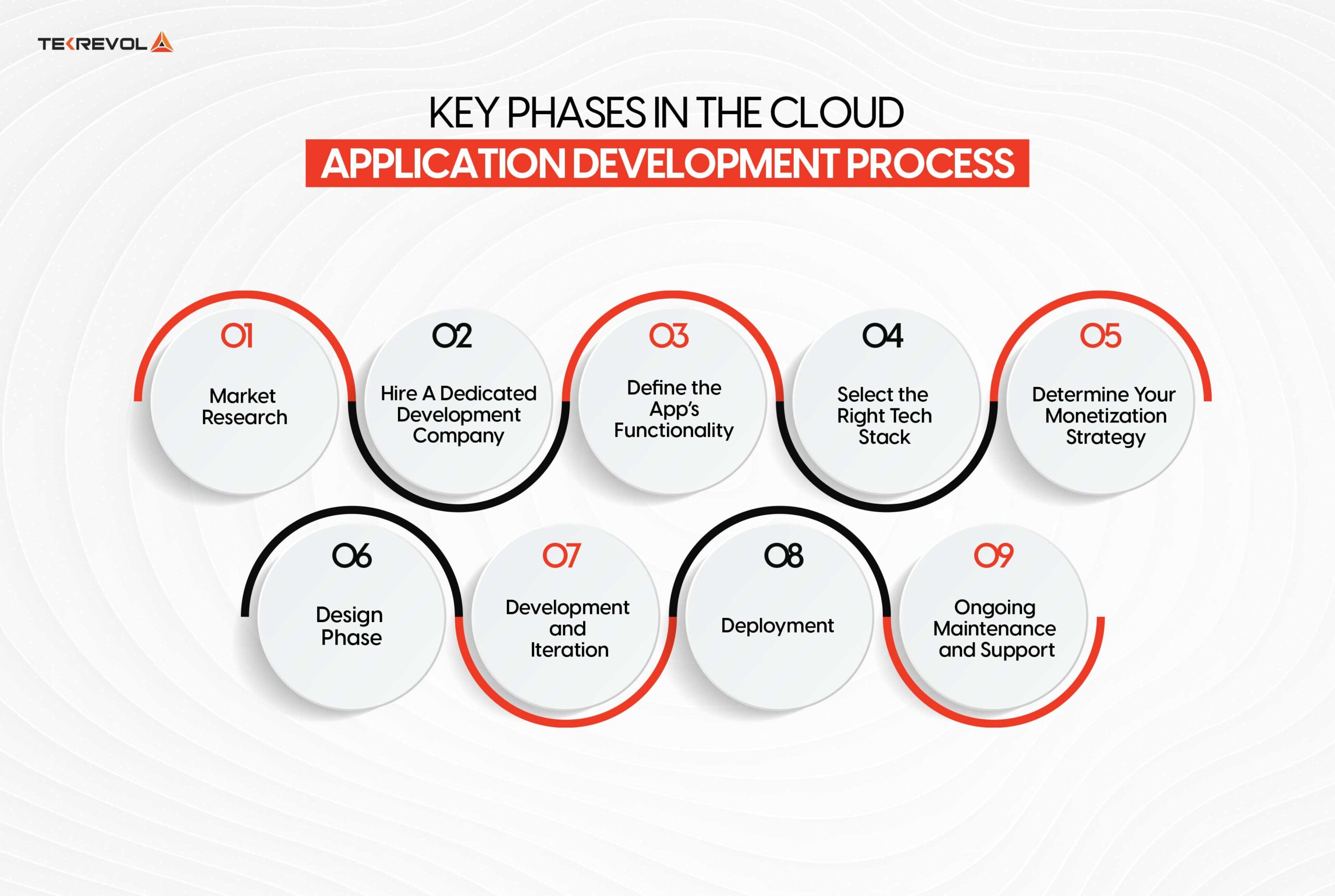
Compared to ordinary app development, cloud app development adds a different level of technical difficulty and complexity. The primary choice you are going to make is what type of cloud app you need, SaaS, PaaS, or IaaS. This decision will determine whether to develop your service or use a third-party shell solution. Every choice is associated with different technical challenges to face.
Creating apps in the cloud can be planned systematically to achieve good results as well as to avoid numerous problems. Here’s a detailed breakdown of the key steps:
1. Market Research
The process of cloud application development kick-starts with an understanding of the market and the competition. It can be extremely useful to learn from its competitors, as they can provide actual information to back up your idea to develop an app.
Still, it is vital to consider current trends and what the users might be expecting next. Determine what kind of application you are going to create and identify the public that will use it.
When it comes to internal cloud apps, market research can assist in finding out which features and technologies are optimal for developing a custom solution.
2. Hire A Dedicated Development Company
Building an application that is hosted in the cloud can be a complex endeavor that requires the input of competent technical personnel. Choosing the right approach to build your app is important, and you have several options for assembling a development team:
Freelance Developers
Freelancers are cheap, they are good for short projects. But, they may not have the capital and dedication needed for developing massive, sustained, cloud apps.
In-House Developers
Assembling in-house personnel allows complete control over the entire process. This spike includes personnel costs, office space, taxes, and other tools and equipment, to mention a few of the expenditures connected with this choice, which has one advantage: it perfectly aligns with the goal.
Outsourcing to a Development Company
Using the services of an outsourcing firm gives a good compromise between the quality of services offered and the price. Cloud application development companies provide accessible teams that can be increased or decreased depending on your needs, which makes them a perfect choice for companies that are planning for the long run.
3. Define the App’s Functionality
The functionality of your cloud-based application will depend on the type of the application as well as the intended applications in an organization. This process is usually done together with help from a development company and its technical team to help define what capabilities and functionalities your app must have to meet its objectives.
4. Select the Right Tech Stack
The choice of the technology stack for any cloud app is a very important decision that must be made with the help of consultants and experts.
If you’re building a cloud-native application, here are some common technologies you might consider:
| Platform | Android | iOS |
|---|---|---|
| Languages | Java, Kotlin | Swift, Objective-C |
| Toolkit | Android Studio, Developer Tools | Apple Xcode |
| SDK | Android SDK | iOS SDK, Cocoa Touch |
Besides programming tools, you also have to select the proper cloud platform and define the additional integrations or third-party services that will enrich your application.
Some of the most widely used platforms for building cloud applications include:
1. Amazon Web Services (AWS)
2. Google Cloud Platform
3. Microsoft Azure
4. Heroku
5. Oracle Cloud
6. Apache Cloudstack (open source)
7. Xen Cloud Platform
8. Cloud Foundry (ideal for Ruby-based applications)
Each platform offers unique features, so working with professionals ensures you select the one that aligns with your app’s technical requirements and business goals.
5. Determine Your Monetization Strategy
If your cloud application is likely to be available to the public, the process of choosing the right monetization model is crucial. This decision affects how you make money and how to get more users.
For SaaS solutions, several common pricing models include:
1. Subscription-Based: The app is a subscription where consumers are charged a regular fee of either a month or a year.
2. Freemium: Application core functionalities are free, and additional features may come with a fee.
3. Advertising: Advertisement is embedded right inside the application with the main aim of being a source of revenue in regard to the development and running of the application.
Also, it is possible to continue the list of monetization strategies by offering to unlock additional features, for example, when the application can be synced across multiple devices or has the increased functionality of the basic version.
A lot of successful cases have integrated two or more of these approaches so that the application gains as much revenue as possible and users are offered the greatest number of choices.
6. Design Phase
Designing is the next phase where the architectural structure and the user interface (UI) of the application are developed. This step helps in making sure that application architecture is structured to accommodate growth and at the same time give the user an easy time going through the application. It may be useful to create wireframes or prototypes to show how the final application will look or be used.
7. Development and Iteration
The development phase is a real coding implementation process of the software projects. Developers create the layout, write the code, perform initial tests, and debug any issues that may be detected. This phase largely aims at cycling through rounds of balancing to enhance its functioning as intended.
8. Deployment
Once development and testing are over, the application is hosted on a cloud platform. This is the process of preparing the application and making it ready to host on the systems or environment where it is to be used. Deployment makes sure that the application is readily available and usable by its target group.
9. Ongoing Maintenance and Support
Deployment is not the end of the journey. Some of the most important aspects of the application’s sustenance must be constantly maintained and supported. This includes reviewing cloud app performance optimization, finding problems, implementing changes and bug fixes as well as assisting users with technical concerns. Maintenance guarantees that the application will be protected, work as expected, and meet current business demands.
- Need Help Building a Cloud-Based Application?
- Our team is ready to design secure and scalable cloud apps that align with your business goals.
Which Architecture Suits Your Cloud App: Monolithic or Microservices?
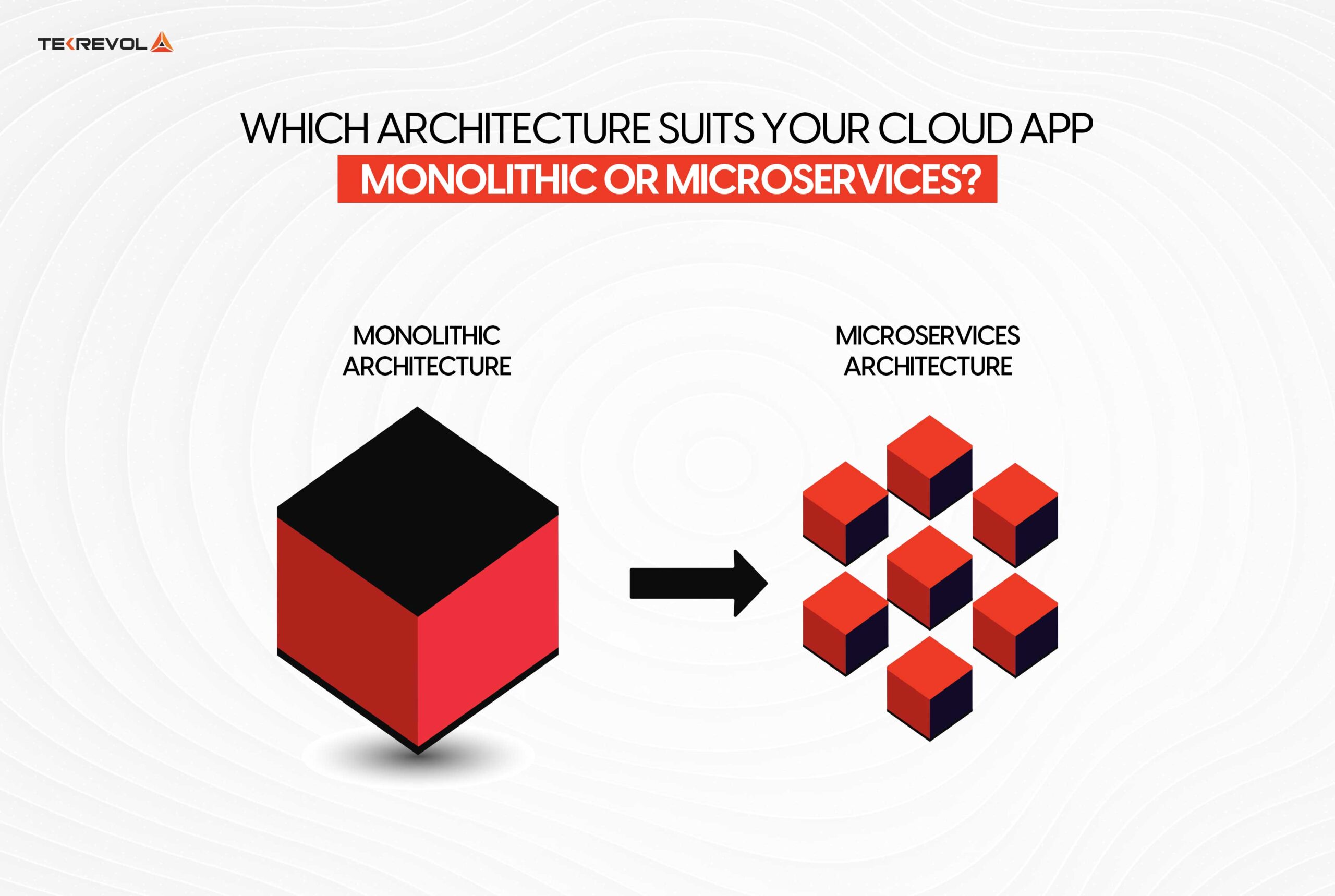
When it comes to cloud-based application development, two primary architectural approaches stand out: monolithic and microservices. Both have their own advantages and disadvantages depending on the nature of the application or the size of the project. Here is more detail of those differences.
Monolithic vs. Microservices: Key Differences
| Monolithic | Microservices |
|---|---|
| Performs all operations in one unit | Each service performs a specific function |
| Single application handling everything | Multiple smaller services, each with a focused task |
| Deployed as one large unit | Services are deployed independently but work together |
| Organized by technology layers | Each service has its own database and tech stack |
| Typically uses one technology stack for the whole app | Different technologies can be used for each microservice |
Top Benefits of Cloud-Based Applications for Business Growth
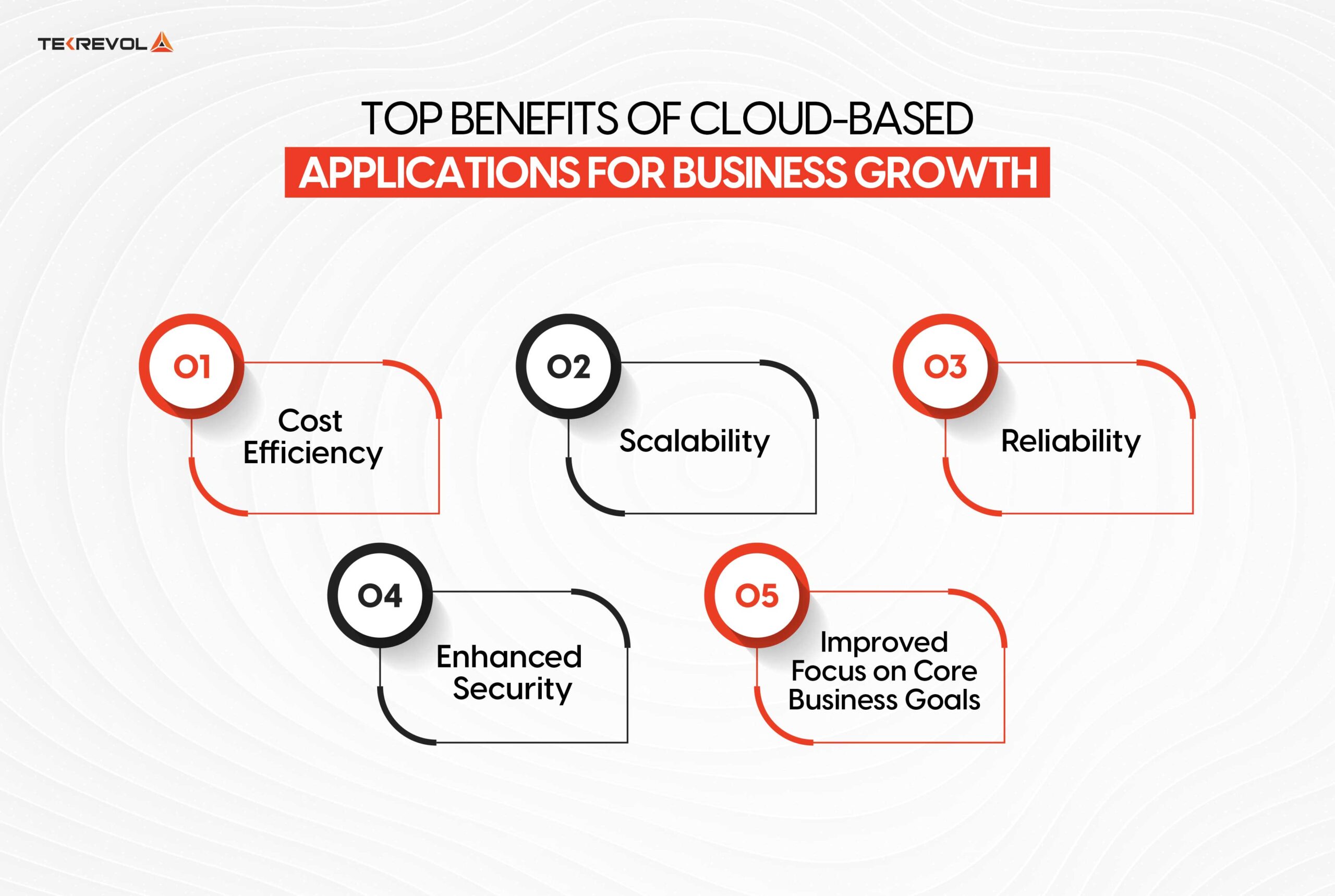
Considering the implementation of cloud applications can bring many advantages that aim to change your organization. If you’re considering developing a cloud app, here are some significant advantages to keep in mind:
1. Cost Efficiency
The best advantage of cloud-based apps is that they can save a lot of money. Cloud applications also do not require you to use expensive hardware or have to manually manage servers.
However, the use of infrastructure consumes only the costs of resources it actually consumed in its use, thereby offering greater value in terms of cost and utility to organizations of all types and sizes.
2. Scalability
Cloud-based applications offer a significant level of scalability. They are not bound to the possibilities of the physical server. Current cloud platforms possess the ability to dynamically provision and de-provision the application resources depending on their usage, eliminating the problem of inadequate resource consumption by the application.
3. Reliability
Cloud service providers provide highly available, globally distributed networks. When one of the data centers fails to work, your application will not be affected since there are other centers to host your services. This results in high availability and low levels of potential interruption.
4. Enhanced Security
Cloud application Security is still one of the strongest points of cloud-providing services with many measures such as encryptions and firewalls to protect your data. This helps reduce the probability of information loss or leakage and provides security to the business by ensuring that their valuable information is secured.
5. Improved Focus on Core Business Goals
Cloud infrastructure management is no longer a worry for your business. Your service provider will handle it, enabling your team to concentrate on business logic, UI/UX, and expansion.
Such a shift of emphasis enables organizations to work on enhancing the value of applications and services to clients without being preoccupied with infrastructure details.
5 Core Elements Every Cloud-Based App Developer Should Consider
There are key and technical issues to identify to succeed in delivering cloud-based applications. Here are five crucial factors that can help mitigate cloud app development challenges:
1. Interoperability
It is necessary that your cloud application should work on different devices and should be easily compatible with all other cloud services. Focusing on compatibility strengthens your solution and makes it more acceptable in various roles and contexts among different individuals.
2. Reliability
A reliable cloud platform is the key to achieving a desired level of consistency and free from mistakes. Choosing a strong foundation also helps to prevent excessive downtime and guarantees the proper operation of your application even with a high traffic load.
3. Performance Optimization
Cloud-based applications need to deliver high speed to meet the user’s expectations whether in customer relations or business. Choose a cloud provider whose servers are stationed in different geographical areas to minimize the time the data takes to reach an endpoint. Furthermore, it is also necessary to use a Content Delivery Network (CDN) to increase the quality of the content delivery process.
4. Security Measures
Cloud applications are typically highly dependent on various APIs and integrations which can potentially entail high levels of security threats. Use strong security measures that include uses of data encryption, SSL certificates, reverse proxies as well as other complicated security measures to meet the data protection laws.
5. Scalability and Flexibility
It is also important to make sure your cloud solution can address the future growth of user loads. If the selected cloud provider supports scalable services, this means that an application can be expanded as needed without stressing the services or spending a lot of money on them.
With these concerns in mind, it is possible to develop a cloud-based app that meets your needs and is free of these problems.
Common Challenges of Cloud-Based Web Application Development
Cloud-based applications, on the other hand, bring a lot of benefits, but businesses must be aware of possible risks that may occur if certain measures are not taken.
As these pitfalls approach are well managed effectively, businesses can maximize the use of the cloud-based applications.
1. Data Security Risks
Storing large amounts of consumer data through the cloud can sometimes bring security issues for the organization if not controlled properly. It is a requirement for businesses to pursue higher levels of security to protect their data from clear misuse.
2. Regulatory Compliance Challenges
It is necessary to be compliant with the privacy legislation laws like the PCI DSS, HIPAA, and GDPR. Failure to adhere to these measures is expensive, legally punishable, and damaging to a company’s image.
3. Vendor Lock-In Risks
Outsourcing with a single cloud service provider may have implications, which makes it rigid since the client is forced to keep adapting to whatever the provider offers. Switching from one vendor to another can also pose problems and is expensive.
4. Network Dependence
Cloud applications are generally dependent on the internet, and this makes them vulnerable to issues such as latency and bandwidth. These challenges can be overcome by investing in strong and reliable internet solutions.
Best Practices for Cloud-Based Application Development

For a cloud-based application to be both effective and secure, it is vital to plan properly and follow the correct frameworks. Here are key strategies businesses should follow:
1. Choose the Right Cloud Provider
Although there are many options available in the marketplace, go for a comprehensive study to select the right cloud provider for your application. Assess the types of services provided by different hosting providers, further expansion choices, and how they will align with your business objectives. Find a reliable cloud application development company that will be able to provide solutions.
2. Leverage Containerization
With containerization, it becomes easier to ship an application because the code and all the dependencies are bundled. Applying this approach means stability in varying performance environments, improved security, and easy management. Docker is among the most often used utilities for containerization.
3. Use Automated Deployment Tools
Ansible, Chef, and Puppet improve speed and compliance, avoid deployment errors, and facilitate seamless integration with cloud architecture as application components. These tools assist in avoiding rework, prolonging time, and increasing dangers in comparison to the manual technique.
4. Prioritize Robust Security Measures
Addressing cloud app development risk early in the process helps businesses avoid potential pitfalls.
Implement severe limits via firewalls, configure user permissions and groups, and employ the greatest level of cryptographic transformations. To prevent the stronghold from becoming exposed to internal or external data threats, it is also advised that every security mechanism be regularly reviewed and updated.
How Cloud Technology Addresses Major Business Challenges
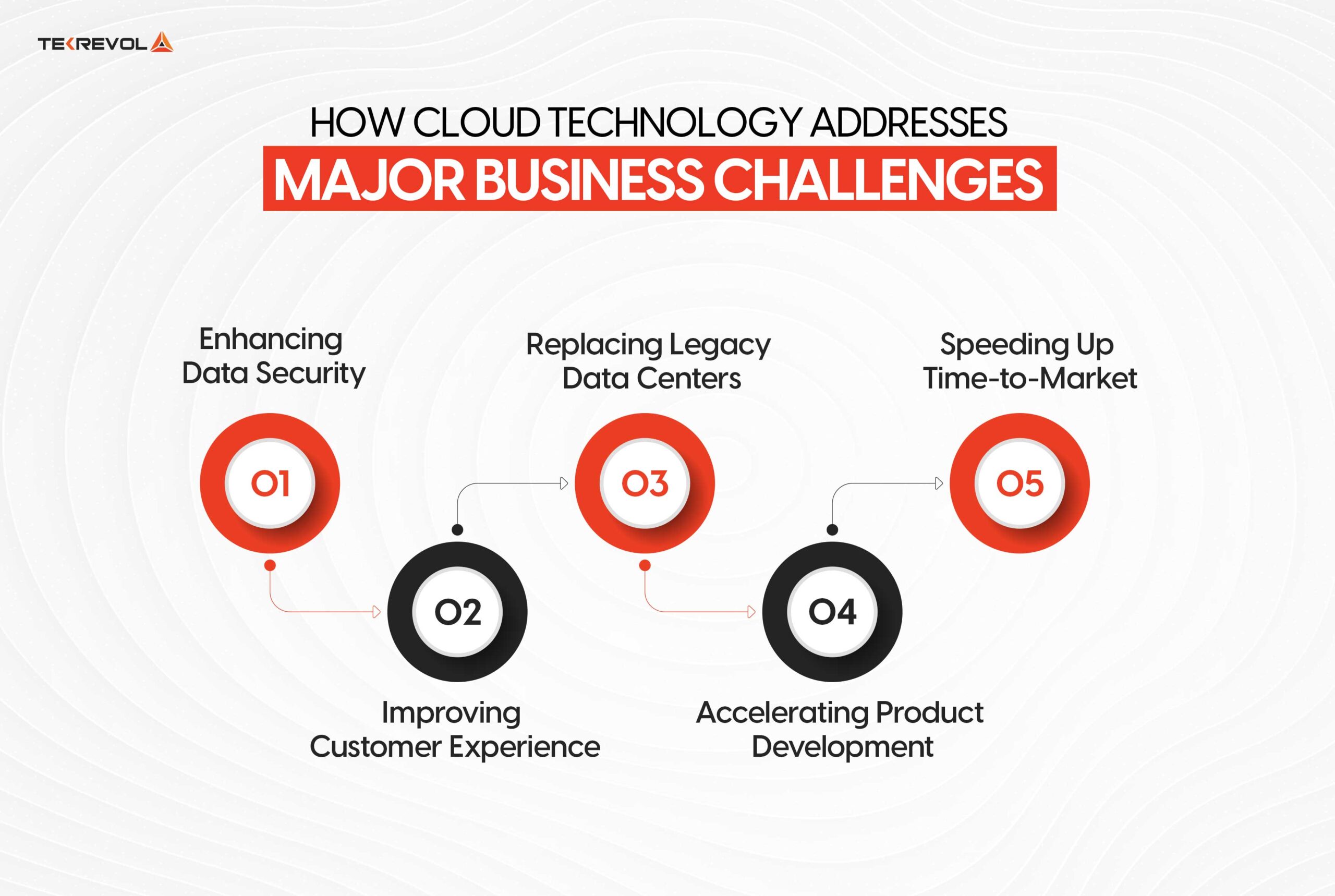
SaaS solutions create ways of bringing positive change by solving problems that firms experience in present-day environments. Gartner predicts that by 2028, cloud computing will transition from a disruptive technology to a critical element for staying competitive in business.
Here’s how the cloud helps:
1. Enhancing Data Security
Data leakage on internal networks is still an issue when it comes to organizations that centralize their operations in on-premise data centers. Cloud migration strengthens data security, minimizing threats from multiple vulnerable sites.
2. Improving Customer Experience
The use of niche technologies such as cloud-based artificial intelligence/machine learning, and chatbots make customer services more efficient. Such a transition from traditional support to customer success models enhances experiences while minimizing the use of human resources.
3. Replacing Legacy Data Centers
Traditional data centers are extraordinarily costly because of the system updates, security measures, and energy usage. Moving to a virtualized cloud reduces these costs, consolidates the data, and eliminates duplication hence creating a single source of truth.
4. Accelerating Product Development
Cloud platforms, in particular, enable flexibility in the product development process with the help of DevOps and vendor’s PaaS. It allows integrated security of the code, sharing of the code, and managing the workflow effectively thus promoting innovation consistently.
5. Speeding Up Time-to-Market
The implementation of cloud-based SaaS solutions helps companies to deliver applications much quicker than the ones developed in-house. These are pre-packaged solutions with vendors such as Microsoft or Oracle for instance as opposed to developed in-house, faster to deploy reduced cost while updates and maintenance are made promptly.
- Want to Build Innovative Cloud Solutions for Businesses?
- Contact Us to Discuss your project Requirements and Business goals.
Conclusion
90% of large organizations have already implemented multi-cloud environments, which has had a significant impact on the software development sector. This shift has resulted in the formation of various software development companies that specialize in cloud-based application development.
With the evolution of cloud computing technology, only a few companies have the expertise and capability to create a high-quality, elastic, and long-lasting cloud solution. To meet present and future business needs, enterprises must carefully select their development partners.
- Need expert help with cloud app development?
- We design powerful, scalable cloud applications for diverse industries.
How TekRevol Assists in Creating Secure and Scalable Cloud Apps
Creating cloud applications is not as difficult as most people think it is. Due to the availability of many languages, tools, and cloud providers, businesses can enable their cloud solutions much faster than before possible.
But, the truth is that it can be applied differently – when working with a professional mobile application development company. It is the most effective approach to delivering a tailored, affordable, and advanced application to the users.
At TekRevol, we are a team of experts in cloud-based application development. Over the years we have developed a strong portfolio and industry experience to make us belong to the cloud application development market. If you need assistance with any of the stages mentioned above. We’ve got you covered. Let’s talk and bring your cloud app concepts into Civilized life.

 556 Views
556 Views December 10, 2024
December 10, 2024